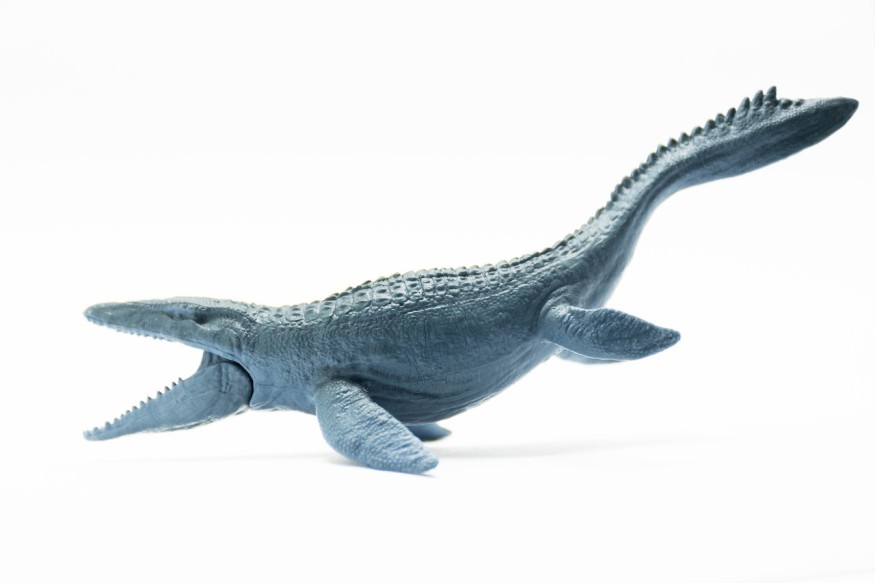Paleontologists have discovered a new giant sea monster from 66 million years ago in Morocco, named Thalassotitan atrox. According to Newsweek, a mosasaur is one of the apex predators of its time, with a massive jaw and teeth like those found in killer whales.
While dinosaurs flourished on land, enormous reptiles called mosasaurs also reign under the waters. Thalassotitan atrox feeds on other marine reptiles, such as plesiosaurs, sea turtles, and mosasaurs. Now, a team of scientists found its fossils lying near the remains of its last meal.

Mosasaurs are Not Dinosaurs
Dr. Nick Longrich, the lead author of the study, wrote in his blog that mosasaurs are a family of giant marine reptiles and emphasized that they were not dinosaurs or even closely related.
Instead, mosasaurs are a specialized family of aquatic lizards related to snakes, iguanas, and monitor lizards. From living on land, they left it behind to become highly adapted to an aquatic lifestyle, making them one of the few tetrapods fully specialized in marine life.
Physically, mosasaurs look like a komodo dragon with a paddle-like flipper instead of legs and a shark tail fin they use to move in the water. They can grow so big, up to 40 feet (12 meters) long, and are considered the largest lizards ever to evolve, even bigger than many dinosaurs.
They can be traced back to the Cretaceous era about 100 million years ago, wherein their ancestors known as aigialosaurs invaded the seas alongside ichthyosaurs and plesiosaurs, which also dominated the sea. But when mass extinctions happened, ichthyosaurs and plesiosaurs were wiped out, leaving mosasaurs at the top of the food chain.
They further evolved to have the ability to dive deep into the ocean and developed to have remarkable skull and tooth shapes that help them prey on different animals, including marine reptiles and other mosasaurs.
ALSO READ : The Miracle of Birth of the Ancient Mosasaurs
Thalassotitan's Fossilized Preys
In the paper titled "Thalassotitan atrox, a giant predatory mosasaurid (Squamata) from the Upper Maastrichtian Phosphates of Morocco," published in Cretaceous Research, researchers described the possible remains of Thalassotitan's victims that have also been discovered where its fossils were found.
SciTech Daily reported that the fossils from the same beds have evidence of acid damage and teeth and bone being eaten away. These damages were found in large predatory fish, sea turtles, and a 1.6-foot-long plesiosaur head, jaws, and skulls. The team believes the mosasaur might have digested their prey before spitting out their bones.
Thalassotitan is believed to have threatened everything in the oceans, including similar species. These huge mosasaurs have sustained injuries from violent combats with other mosasaurs, especially in their face and jaws. Researchers noted that Thalassotitan commonly has these wounds, indicating frequent and intense fights over feeding grounds or mates.
"Thalassotitan was an amazing, terrifying animal," Dr. Longrich wrote in his blog. "Imagine a Komodo Dragon crossed with a great white shark crossed with a T. rex crossed with a killer whale."
RELATED ARTICLE : Paleontologists Discover a New Ancient Marine Reptile Species
Check out more news and information on Paleontology in Science Times.












